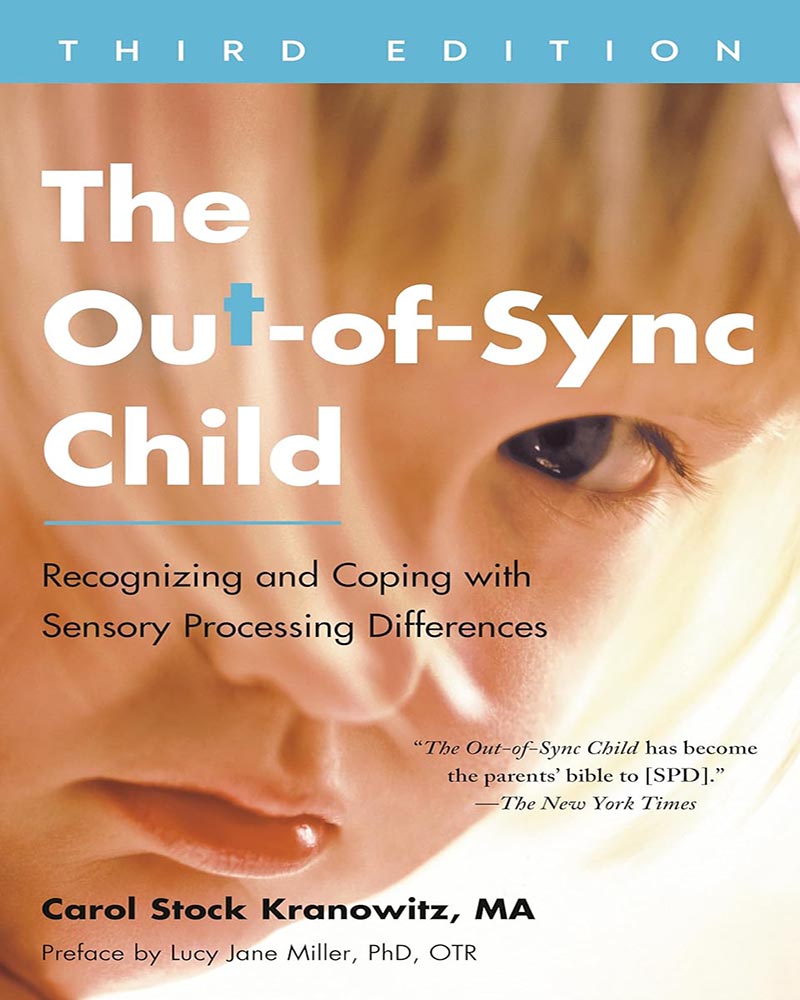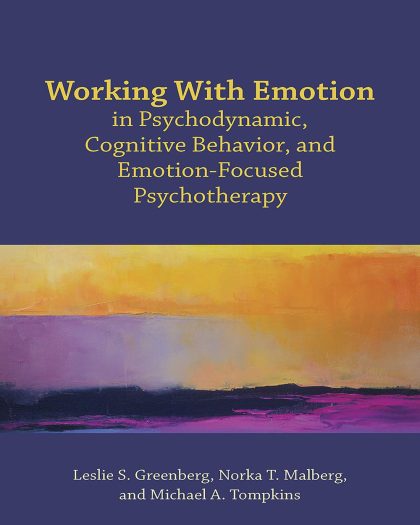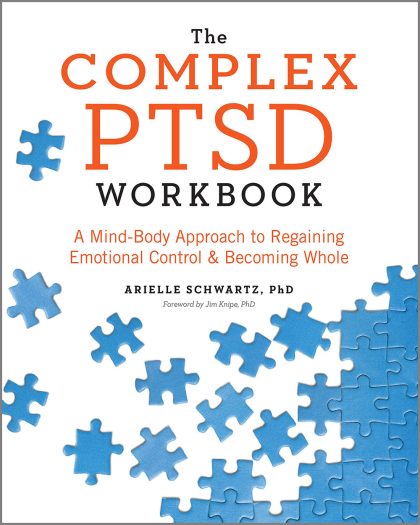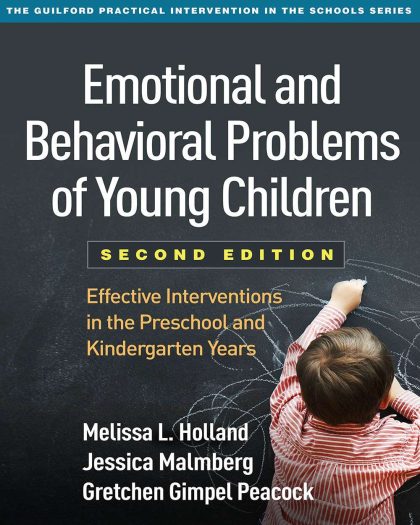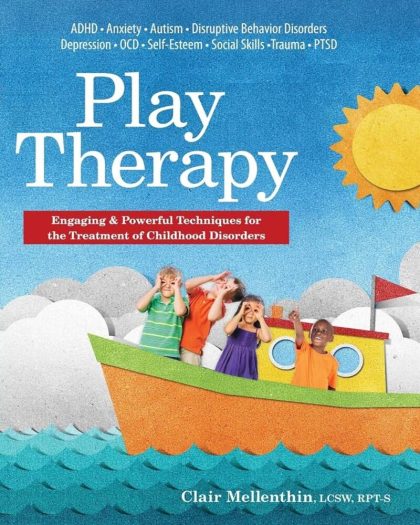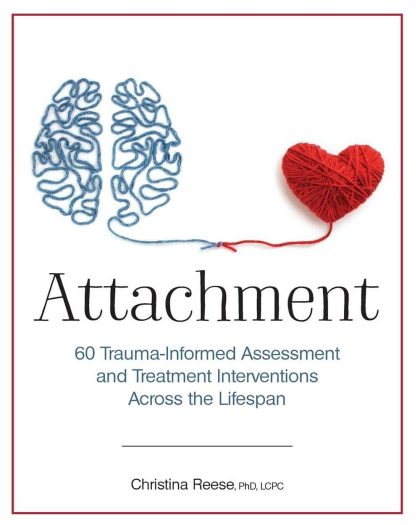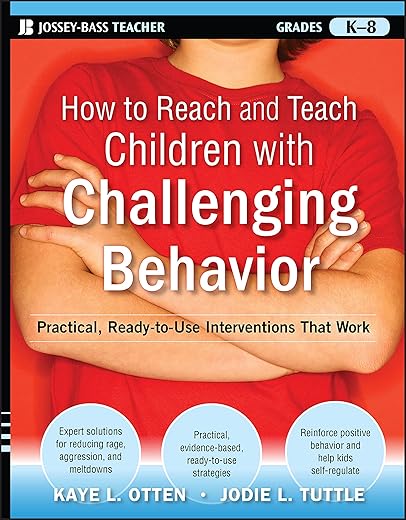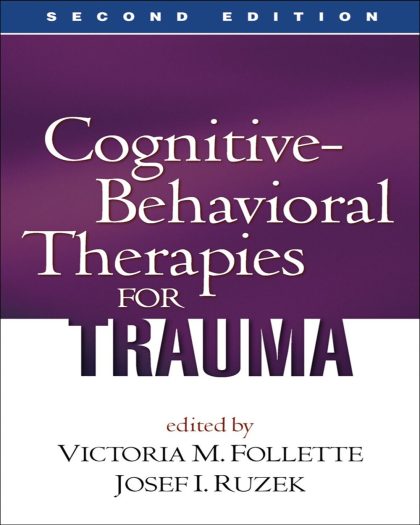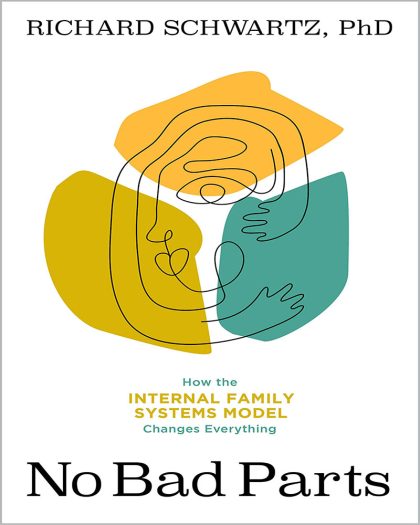The groundbreaking book that explains Sensory Processing Differences (SPD)–and presents a drug-free approach that offers hope for parents–now in a newly updated third edition (2022).
Does your child exhibit…
Over-responsivity–or under-responsivity–to touch or movement? A child with SPD may be a “sensory avoider,” withdrawing from touch, refusing to wear certain clothing, avoiding active games–or he may be a “sensory straggler,” needing a jump start to get moving.
Over-responsivity–or under-responsivity–to sensations of sound, sight, taste, or smell? She may cover her ears or eyes, be a picky eater, or seem oblivious to sensory cues.
Cravings for sensation? The “sensory craver” never gets enough of certain sensations, e.g., messy play, spicy food, noisy action, and perpetual movement.
Poor sensory discrimination? The “sensory jumbler” may not sense the difference between objects or experiences–unaware of what she’s holding unless she looks, and unable to sense when she’s falling or how to catch herself.
Unusually high or low activity level? The child may be constantly on the go–wearing out everyone around him–or move slowly and tire easily, showing little interest in the world.
Problems with posture or motor coordination? The “sensory slumper” may slouch and move awkwardly, and the “sensory fumbler” may be clumsy or accident-prone.
These are often the first clues to Sensory Processing Differences–a common but frequently misdiagnosed problem in which the central nervous system misinterprets messages from the senses. The Out-of-Sync Child offers comprehensive, clear information for parents, teachers, and professionals–and a drug-free treatment approach for children.
This revised edition includes expanded information about SPD “look-alikes,” including Learning Disabilities, ADHD, and autism; about diagnosis and treatments; and about other topics.

